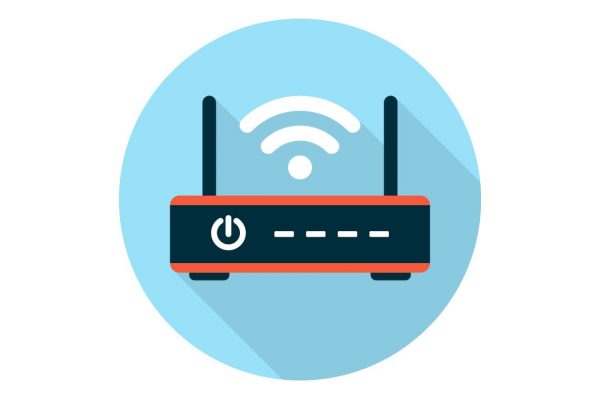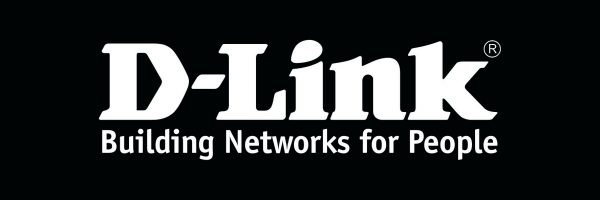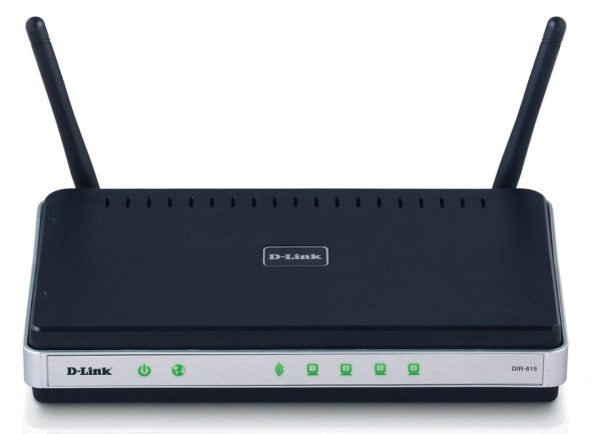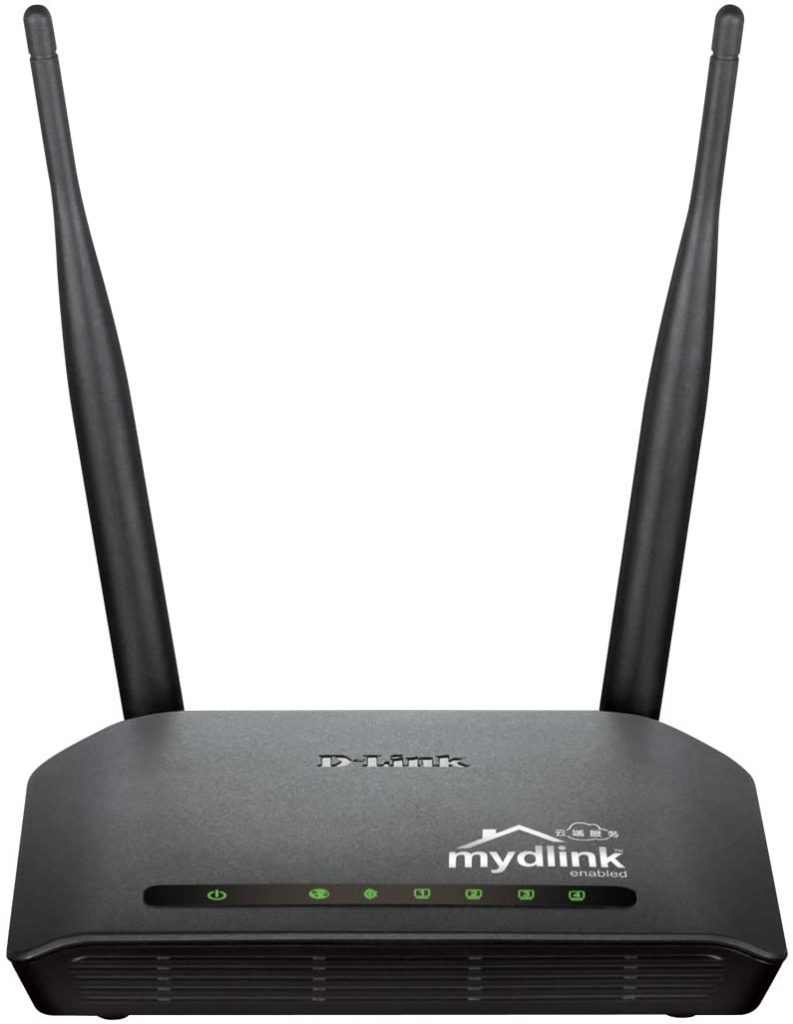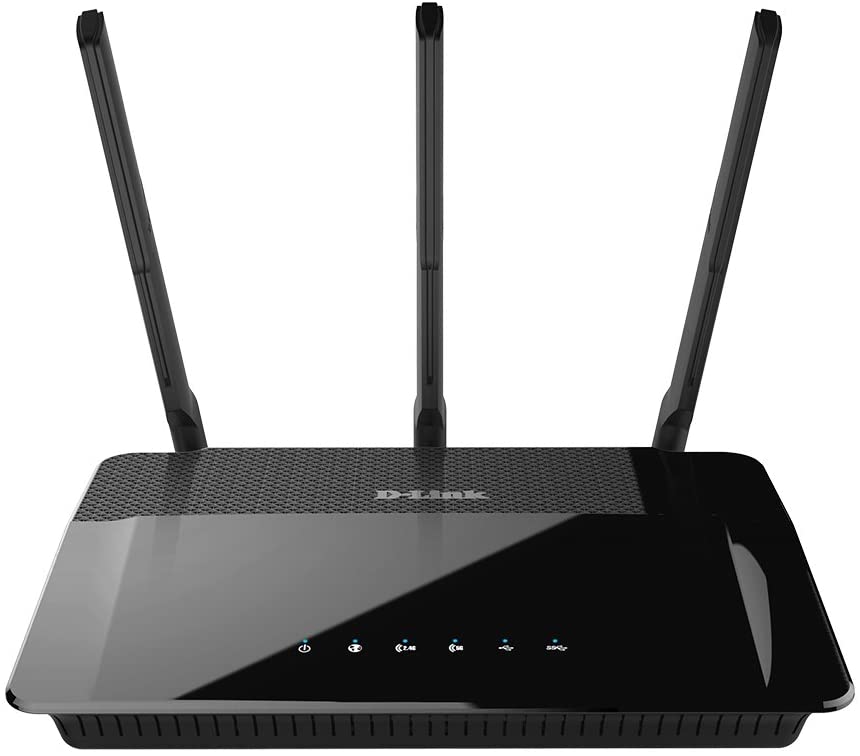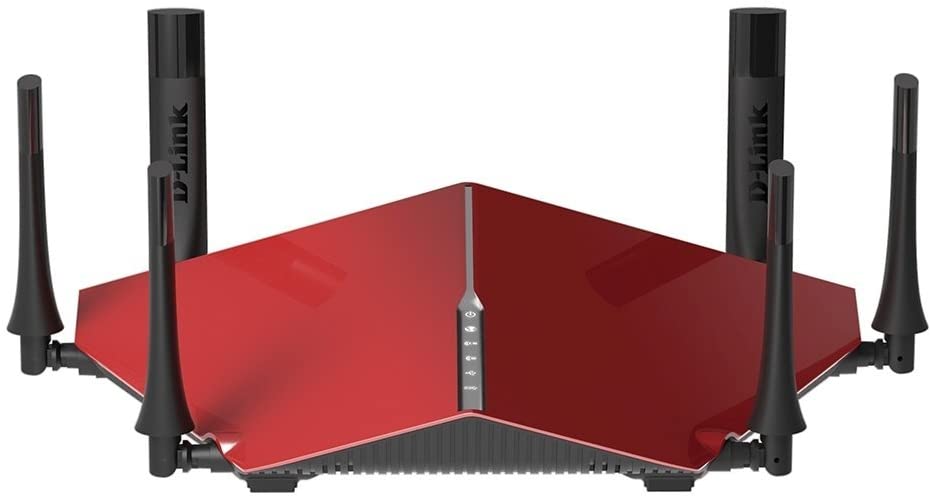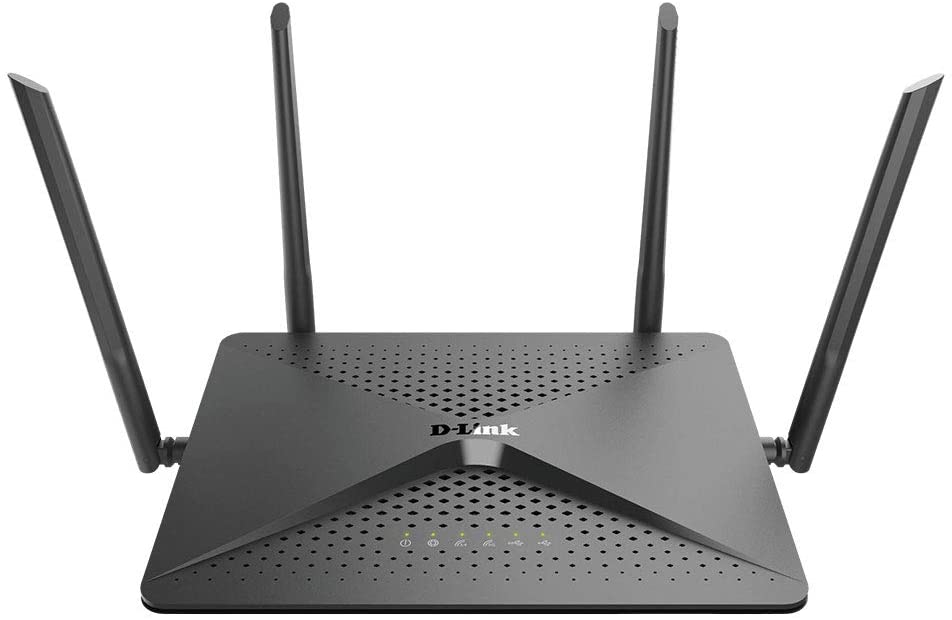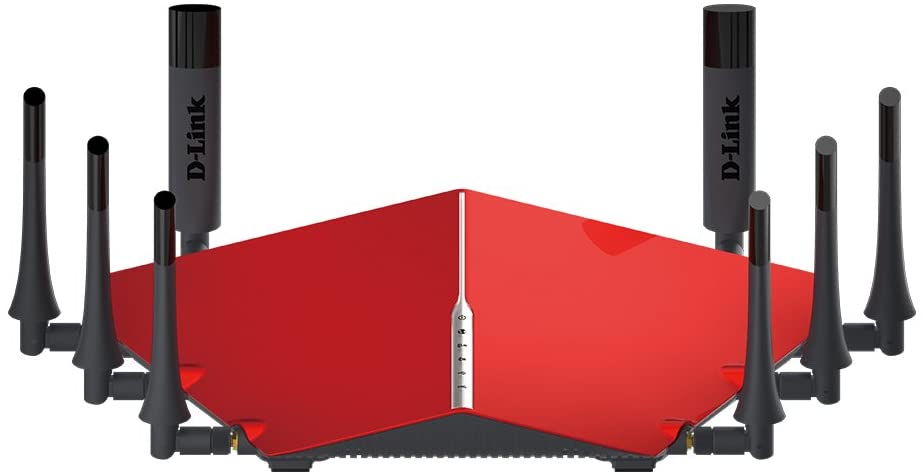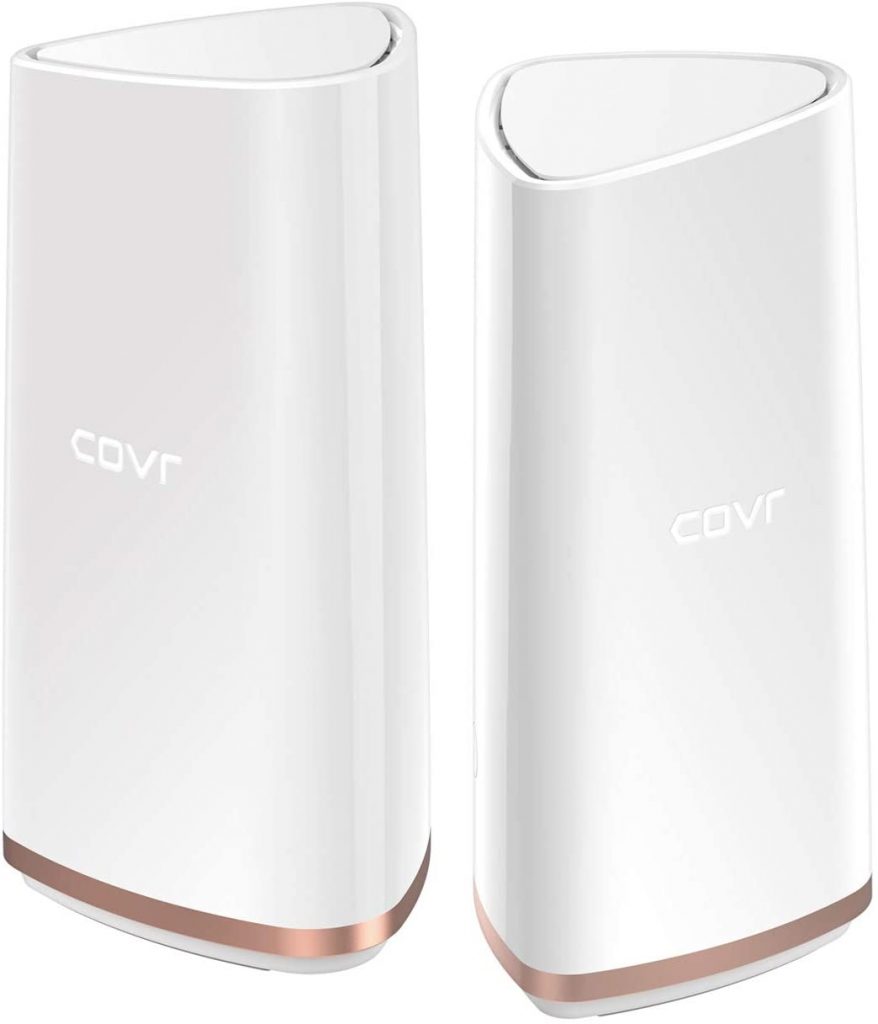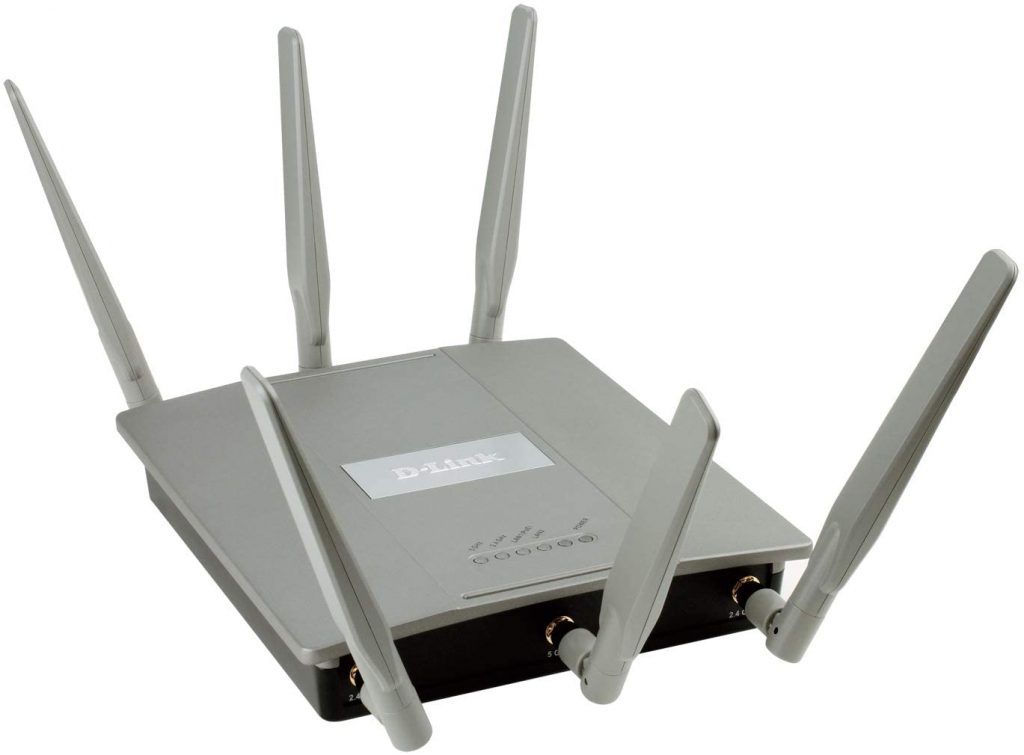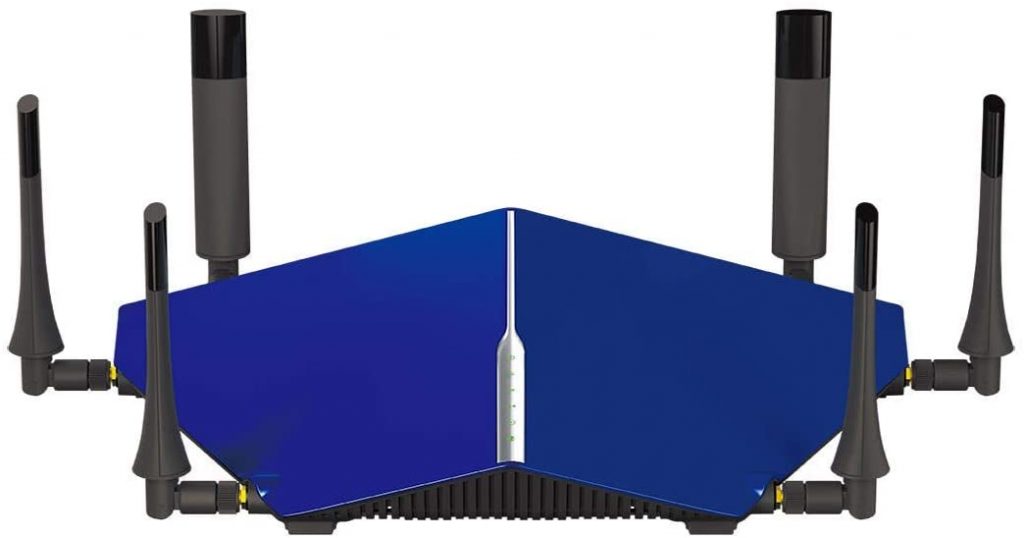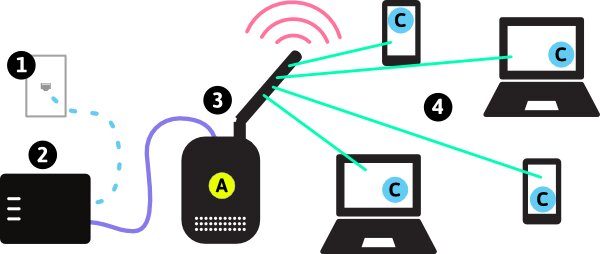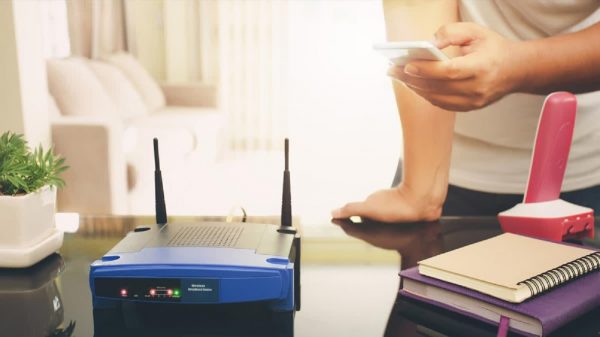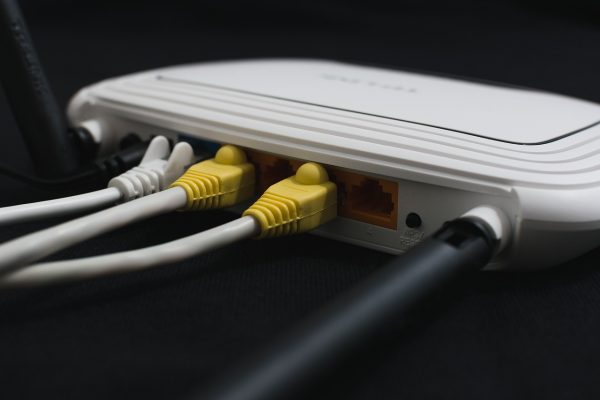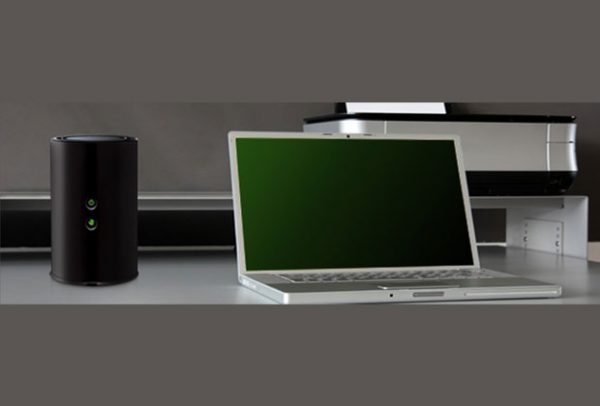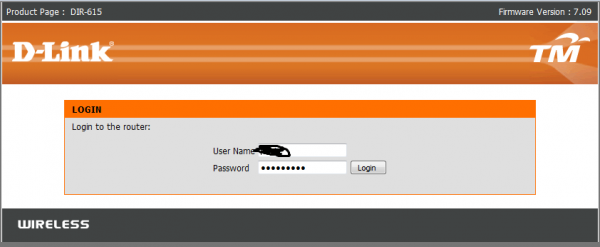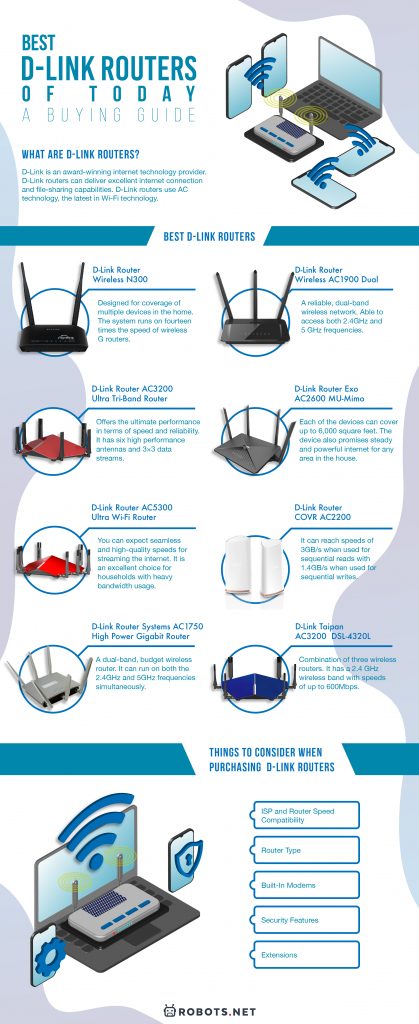What Are Wi-Fi Routers?
Routers are like bridges and messengers of the internet world. They connect computers to existing networks and implement protocols for maintaining online safety. They are also responsible for transmitting the information. Wireless or not, routers are absolutely necessary for all types of internet connection. Routers are typically attached to a modem in the form of fiber, cable, or DSL. The router typically connects to the modem using a WAN port or through the internet. Meanwhile, wireless routers use wireless standards. This enables the routers to connect to multiple devices to the same network. Most routers can automatically configure network information. Each router is usually assigned a unique IP address. An IP address is very important. It enables all computers within a certain range to be able to connect to the network. Computers connected to the same router are then able to share a USB storage or printer. That printer or USB storage just needs to be plugged into the router. A properly-configured network should also serve as your first line of security. This protects against potential intruders to your home network. The router is also responsible for relaying packets of information from a network. This ensures that all devices connected to the network can access any website. What are the Different Types of Wi-Fi Routers? There are several types of routers available. There are wired and wireless routers. Both types can still be found in most households and small businesses today. There are broadband-type routers that have both Ethernet cables and phone jacks. There are also wireless routers that generate wireless signals to establish connection with all devices within range. Routers that rely on fiber optic cables are deemed the fastest. Meanwhile, ADSL routers are considered as the most common and the cheapest form. There are also specialized routers for activities like gaming and travel. If you want to explore the types and varieties of routers, you can check out this article on the best wireless routers available. This includes some of the most popular brands and their products on the router front.
What are D-Link Routers?
D-Link is an award-winning internet technology provider. The company aims to bring smart, wireless technologies to all areas of the globe. The products of the company range from wireless internet, broadband and IP surveillance. They also have cloud-based network management services. D-Link was originally based in Taiwan. Its products eventually reached the US market where it garnered a large following. D-Link is also among the ranks of wireless internet providers and manufacturers. Its main competitors include Linksys, 3Com, and Motorola. At the forefront of this vision are the D-Link routers. D-Link routers are a competitive and reliable alternative more expensive brands. All of their routers are intended to be paired with existing cables including NBN and DSL modems. These broadband models offer a secure wireless network for any location. However, the wireless routers appear designed for use in homes and smaller offices. D-Link routers can deliver excellent internet connection and file-sharing capabilities. Users on the same network can easily share photos, videos, and files. D-Link routers use AC technology, the latest in Wi-Fi technology. These generate the fastest internet speeds in the market. Most of the routers are also equipped with dual-band or even tri-band capabilities. There’s also traffic prioritization and band steering. All these features ensure a steady stream of internet connection for multiple devices. The signal is not affected by the location of the device inside the same building. The devices also have a user interface optimized for casual buyers. As such, the device is easy to set up and easy to configure. All you need to do is to connect them to your modem through the ports provided for. The routers are also connected to an online cloud service. Users can control system and security settings and monitor the security status of their Wi-Fi from there.
Best D-Link Routers
D-Link has a range of routers available to meet your everyday needs for your home and your business. Regardless of your home or work set-up, D-Link is sure to have a router that would fit your needs. The hardware of these routers is very sturdy and can last for years. The software is also highly secure and customizable. This means that you can change the password, encrypt the network, and set up port forwarding rules. You can even pick a different router name and update the firmware on the router. Here are some of the best routers from D-Link for heavy-duty browsing:
Things to Consider When Purchasing D-Link Routers
There are a few basic considerations you need to make before purchasing a router. These include how fast the router needs to be to support your internet speed and devices. You also need to consider if the router is powerful enough to accommodate all your devices in the home or at work. For example, you may purchase a router for a small space with a lot of devices. But for extremely large spaces you might need a mesh network or a Wi-Fi extender. Basic considerations for selecting a router include the speed rating, industrial design, and brand name. Routers should have a running speed of anywhere between 400Mbps to 1 Gigabit. Actual speeds average lower than the maximum speeds promised by your broadband. So you might get a little less than what you may expect. Manufacturers also invest plenty of resources in industrial design. The designs may vary, but most would have sleek designs with durable material. Some would have extra beams while others are just modular in shape. Routers from the same brand would usually have the same design and features. You might also want to consider the timing of your purchase. Sellers occasionally offer discounted prices for routers along with other consumer electronics. Purchasing a router during a major sale could lead to plenty of cost savings. There are external factors that have nothing to do with your router but affect your internet. An internet connection is always a combination of a few active parts, and the router is only one of them. It’s good to be aware of the role of each part so you can easily identify and fix any potential issues.
ISP and Router speed compatibility
Having a high-speed router will not be able to speed up a slow internet connection. For this reason, having a fast broadband connection is still a must. This is important because your ISP is mainly responsible for your internet speeds. Even if the router can process 1,300 Mbps if your internet plan can only provide 100Mbps then that is the maximum bandwidth you will get at any point. Most routers can hit the 1Gigabit per second mark, but the broadband speeds are only at 100Mbps. Your broadband speeds should be able to keep up with your router speeds. This is to be able to maximize its capabilities. Check if your ISP is providing the speeds you pay for with this article on how to check internet speeds. As a general rule, upgrading to a speedy router is always a worthy investment. An updated router can help you maximize your home network, especially in terms of range. You can still benefit from a speedy router even when your broadband speeds can’t catch up to your router. Having a router with multiple features is also always a plus. You just need to make sure that it meshes well with your modem. This is because the latter might cancel out some of the functions of your router. A speedy router is also best for maximizing your local network. Your local network isn’t affected by your broadband speeds. This is because broadband only works for the transfer of data outside your local network. You will be able to notice the difference when you’re transferring files.
Router Type
There are three types of routers available in the market thus far. These include the single-band, dual-band, and triple-band routers. A single-band router is limited to the 2.4Ghz frequency. Wireless routers that support 2.4Ghz frequency can generate up to 800Mbps of internet speed. Single-band routers are usually cheaper and have excellent compatibility with all devices. However, you might experience problems in signal interference and fluctuating speeds. Of course, this was before the introduction of ultra-high-speed internet. Nowadays we have dual-band routers. These can access both 2.4GHz and 5 GHz frequencies. The latter can rake at speeds of 2,167Mbps or more. Many dual-band routers also support MU-MIMO technology. This maintains a constant connection to multiple devices simultaneously. Dual-band routers are also increasingly becoming the industry standard for routers. In this regard, dual-band routers are comparatively better. That is, for generating faster and more stable internet connection. Tri-band routers are a relative newcomer to the internet band front. These devices have three bands in total. This includes two 5GHz bands and one 2.4 GHz band. The devices are capable of multiple Gigabit speeds of up to 2,166 Mbps for each 5 GHz band. As computer experts have put it, it’s like adding an extra fast lane to your dual-band. Thus, you’ll have three times the bandwidth. This means more devices can connect with your router at one time. Sometimes the tri-band routers even come with the ability to choose the best band to connect you with. With these things in mind, the single-band frequency is already out-dated. Meanwhile, only a few households have a real need for a tri-band frequency. In the end, we’d have to recommend the dual-band frequency. These are more adapted to daily internet needs.
Built-In Modems
Most ISPS provide modems for free or as a rental product. This is why there is usually less demand for modems than there is for routers. Sometimes ISPs also provide a modem/router combination. But you have the liberty to ditch the modems and routers provided by your ISPs. You can buy your own modem or get a modem/router combination. There are commercial modem/router combos available on online web stores. These can connect to both your local network and the external network. Unfortunately, the D-Link Wi-Fi routers are stand-alone products. This means that you will need to either rent a modem from your ISP or purchase a separate modem for the set-up to work. You can also choose among the selection of specialized D-Link modems.
Security Features
Most routers come with security features. These prevent other people from accessing your home Wi-Fi. The usual motives are to steal your bandwidth or eavesdrop on your activities. It also prevents your important files and systems from getting infected with malware. These can cause all kinds of problems and must be avoided. Any router you buy should support at least WP2A. This is an updated implementation of the Wi-Fi protected access protocol. WPA2 encryption allows you to block unwanted users from your network. It also allows you to screen for potentially malicious web activities. Every device that you add to the network should also be able to support the WPA2 protocol. This is because even a single unprotected device can lead to major security breaches. This might include other people accessing your Wi-Fi password or IP address. The good news is, all D-Link routers have WPA2 encryption capabilities. You can enable this encryption under Settings.
Extensions
There are also external devices that can help amplify your internet connection. This is for best for times when you find your broadband connection unsatisfactory. There are expandable mesh systems and Wi-Fi boosters that will speed up your internet. These devices usually work by spreading out existing signals across the house. These help to ensure that your Wi-Fi strength is uniform across any area. Second-generation mesh systems and Wi-Fi boosters are also affordable compared to older versions. Another option to boost the signal is to purchase multiple routers and set them up in different areas of your home. This would also even out the signal to all areas in your house. Granted, you’re probably not going to need any extenders if you’re using D-Link routers. But this shouldn’t stop you from investing in additional devices. These serve as stop-gap measures for when your internet goes bad.
How to Set up a D-Link Router
Physical Set-Up of D-Link Router
After receiving your D-Link router, you’re probably excited and want to set it up right away. But you should know that there are three phases you need to get through. One is for the physical set-up and another for creating an account within the software. There’s also another set of steps for setting up the mydlink cloud service. Let’s begin with the steps on how to physically set up your new D-Link router:
Setting Up A D-Link Router Account
All D-Link users are entitled to access a D-Link cloud service. The cloud service allows remote monitoring of device settings and internet activity. First, you will need to have your own mydlink account first and configure basic settings. Afterwards, you can sign up for the mydlink cloud service. Here are the steps for setting up your own mydlink account:
Setting Up D-Link Router Cloud Service
Once your account is confirmed, you can proceed to set-up your mydlink cloud service. This will enable you to remotely manage, control, and monitor your home network. You can also monitor the activity of the devices attached to your network. The mydlink web portal can be accessed from anywhere with an internet connection. Just remember access code from your original mydlink account. You can also use the passcode for the web portal that you registered for. We also recommend setting up a VPN account for added security online.
Final Thoughts on D-Link Routers
D-Link routers have an excellent track record of performance and plenty of features. The routers are fully equipped to cover all your Wi-Fi needs at home or work. They also offer a great complement to your broadband or DSL internet. Dual-band and tri-band router coverage ensure speedy internet for multiple devices. The routers are fully wireless. Nonetheless, each router also hasEthernet ports for wired browsing. You can also use the ports to plug in and share your USB storage and printers. Or even connect your gaming console. The smart connect, beamforming, and QOS configuration features are also a great addition. Overall, D-Link routers are highly recommended for fast and wide-coverage internet surfing.
